Prevention: An Herbalist’s Autumn, plus Herbal Cold and Flu Tips to Boost your Health
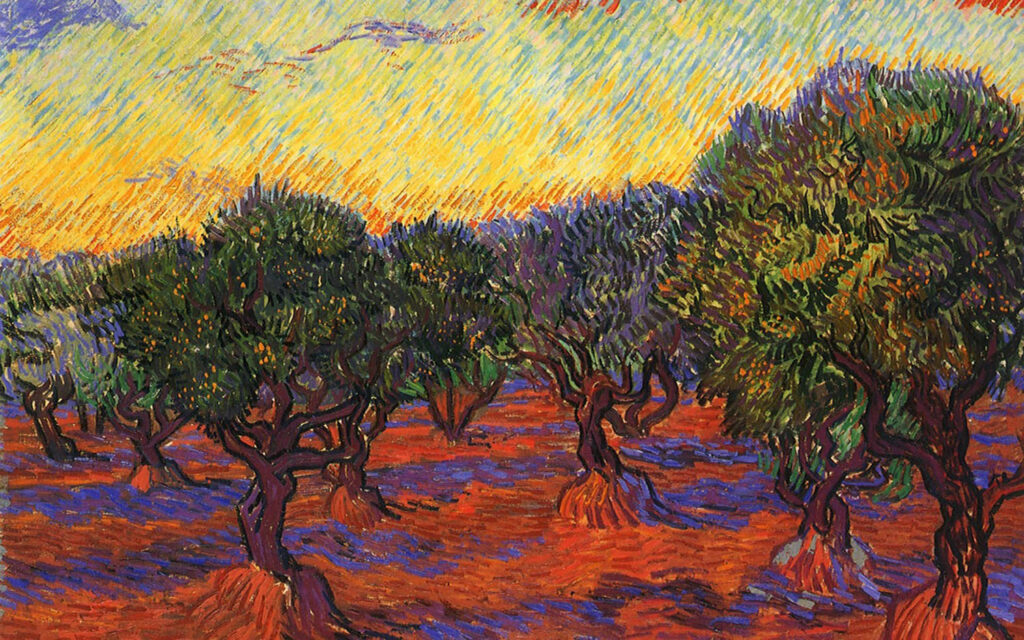
by Michael Tierra
Contemplating Prevention of Cold and Flu
Here in my small town nestled in the sequoia-groved mountains above Santa Cruz in northern California, it’s officially Autumn. We just had our first significant rainfall, which left me with a soggy garden.
Stepping out onto the patio the morning after the rains, I basked in the sunlight and deeply inhaled the air filled with life-affirming negative ions. From here I surveyed the beginning of the end of my garden’s colorful jumble of herbs, vegetables and flowers. I saw dahlias of all shapes, sizes and stages of life. I saw the inimitable “last rose of summer.” Faced with a tree full of water-logged figs that took too long to ripen, my hope turned to a wonderful Meyer lemon tree and a persimmon tree still bearing green fruit.
And I thought to myself, “‘Floozy’ garden – poor thing -, did you have a rough night?” Or better, “Did you have a good time getting tussled and drenched in the rain?” At this time of year, my garden shows me a different side of herself, one exhausted from a season of hard-won beauty and abundance.
And of course, it all fits: As shown in the heart-breaking story of Demeter and Persephone, Autumn is the time of loss, of letting go. Still, it is a favorite season, despite that necessary loss and separation. It is an interval that holds us between the extremes of excess and restraint.
(By the way, allow me to direct you to read the Persephone myth anew and perhaps listen to the music of Stravinsky’s wonderful 1934 ballet of the same name.)
Like all seasons, Autumn has its own special significance for herbalists, because it is our time to carefully harvest, dry and store (mostly) roots and seeds for use before the plants descend into their dreamy winter sleep.
But in my busy clinic, it’s a different story. The question everyone asks me around this time of year is: “What should I do for colds and flu?” What prevention can I take?
My first answer? Stay away from people who have them.
OK, that might sound a little selfish and callous, but most of us know that the biggest breeding grounds for colds and flu are nurseries, preschools and schools generally. The second biggest chance for exposure is being cooped up in an enclosed environment with people who either have or are coming down with a cold or flu. This means airplanes, enclosed office spaces – or at home with your spouse who has managed to catch the latest bug.
Remember, colds and flu are usually only contagious just before symptoms appear and for one or two days afterward (but I wouldn’t count on this because no one knows for sure). Cold and flu germs are spread with hand-to-face contact, so washing your hands several times a day with soap and water, for about 20 seconds each time, is very effective prevention, and it is what most health practitioners who are exposed to these pathogens on a daily basis do themselves.
Ever notice how some people seem to never catch a cold or flu while others seem to catch every bug that goes around? Whether we catch these illnesses or not depends on the strength of our immune system.
HERBAL COLD AND FLU PREVENTION
The Chinese have used a few immune-boosting herbs for millennia to protect themselves from disease. (And these herbs do work; if they didn’t, their use as immune system-enhancers would not have survived thousands of years of testing!) To rev up your immune system, try taking immune-potentiating herbs such as astragalus root and reishi mushroom.
The formula that is specific for preventing colds and flus is the traditional Chinese Jade Screen formula. These are just two versions of the same amazing formula. In folklore, the Chinese have always prized jade for its intrinsic value and as a precious stone that imparts protection to its wearer. Thus the traditional Chinese name for this formula, “Jade Screen,” refers to a screen or barrier of protection from disease.
There’s an old Chinese saying that “It’s easier to fight a war before it has started than while in the midst.” That’s why prevention is your best strategy to winning the war against colds and the flu.
But what if you find yourself right in the midst of the cold or flu battlefield?
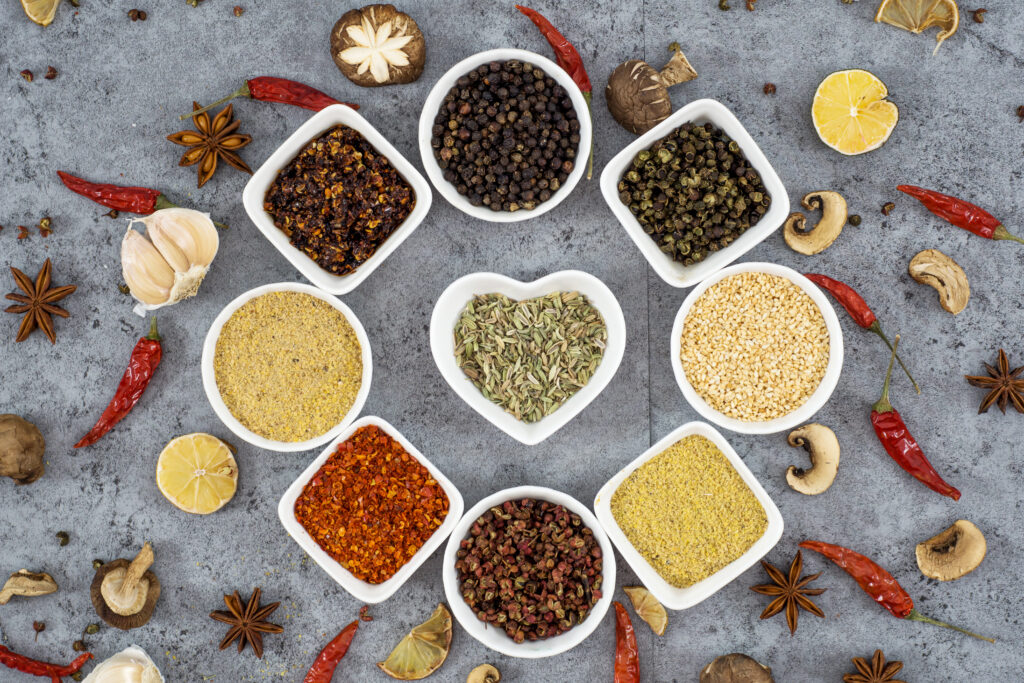
FIGHTING OFF AN EXISTING COLD OR FLU
In this case, one of the best herbs to use, both for prevention and to fight off an active cold or flu, is Andrographis paniculata. This can be taken alone, but for wider benefit and action it’s best taken with other infection-fighting herbs such as echinacea and goldenseal. Most people are already aware that colds and flus are viral, which means that antibiotics don’t work. Herbs such as echinacea root, goldenseal root, olive leaf, garlic, andrographis, isatis root, dandelion root, and ginger root are known for both their antibacterial and antiviral properties. More information on Planetary Herbals.
One of the most popular products over the last few years is one that is still marketed and sold especially to school teachers and international travelers for prevention – in other words, those who cannot avoid exposure to these bugs. Thousands of people can attest to the potency of this deliberately ‘˜unnamed’ product. However, most do not realize that it is based on the famous 1,000-year-old Chinese formula called Yin Qiao that contains anti-cold and -flu viral herbs – honeysuckle and forsythia blossoms, just to name a couple. While it is effective for prevention and all stages of colds and flus, it is specifically useful when there is an accompanying sore throat.
Learn more tips about how to stay healthy in our Home Herbalist Course.

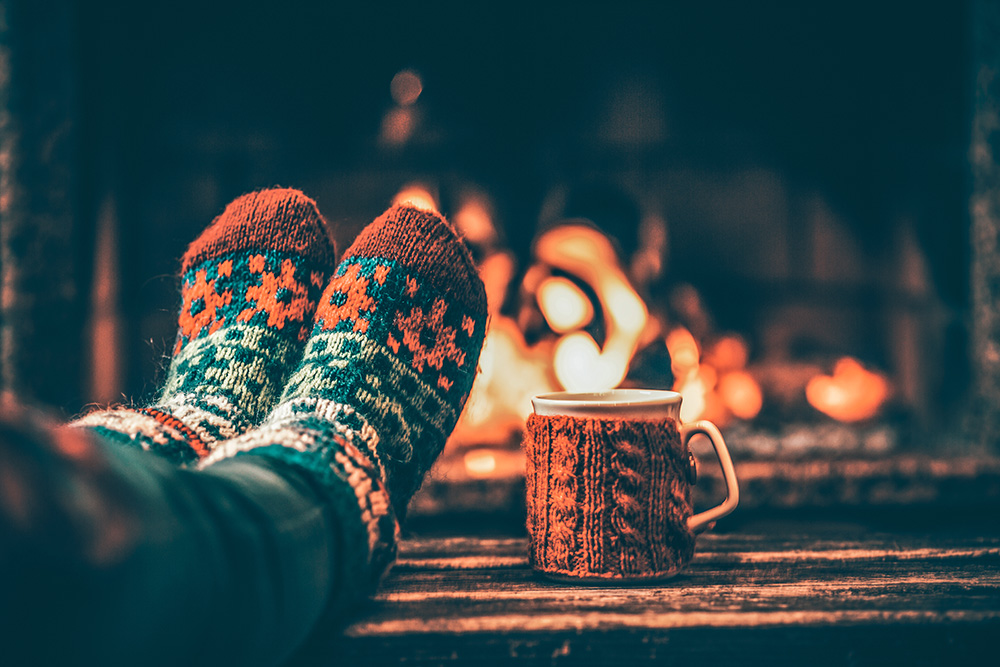


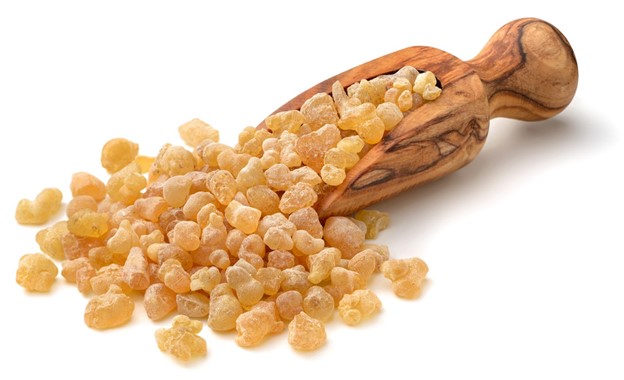
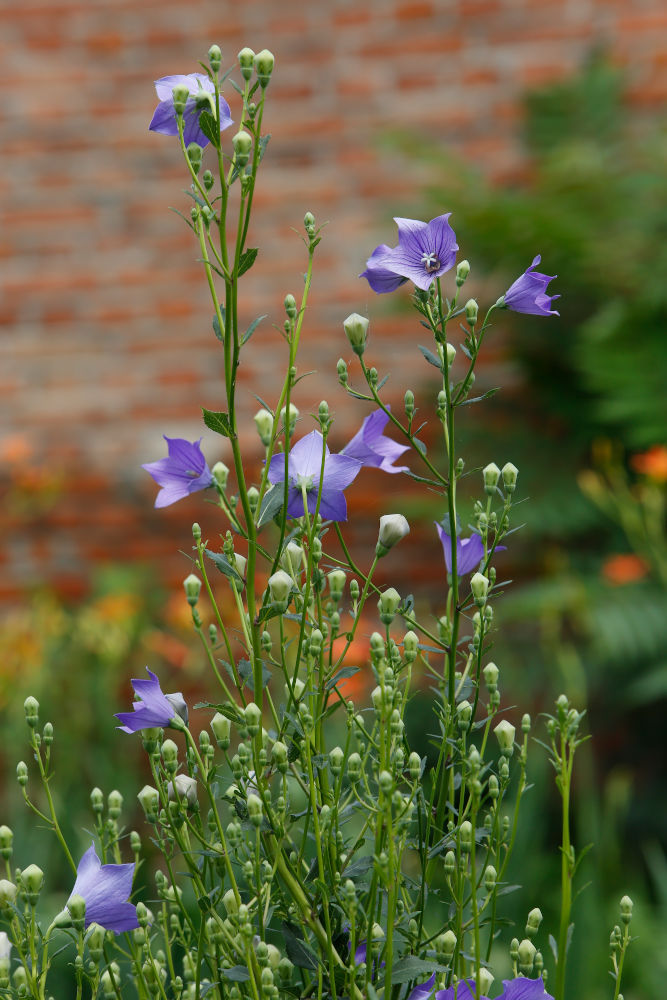
Responses